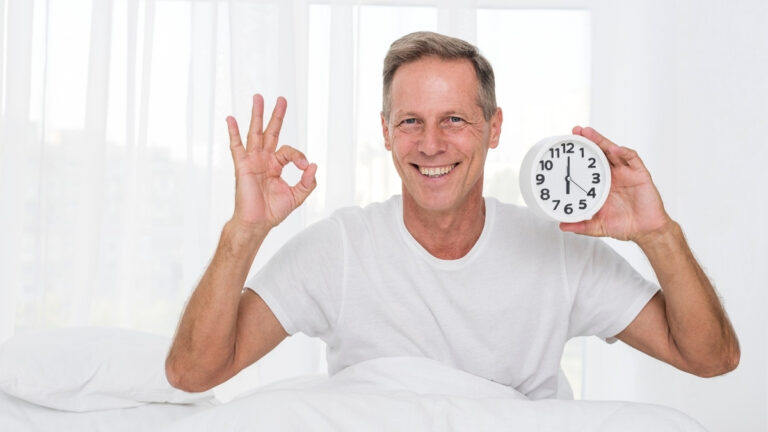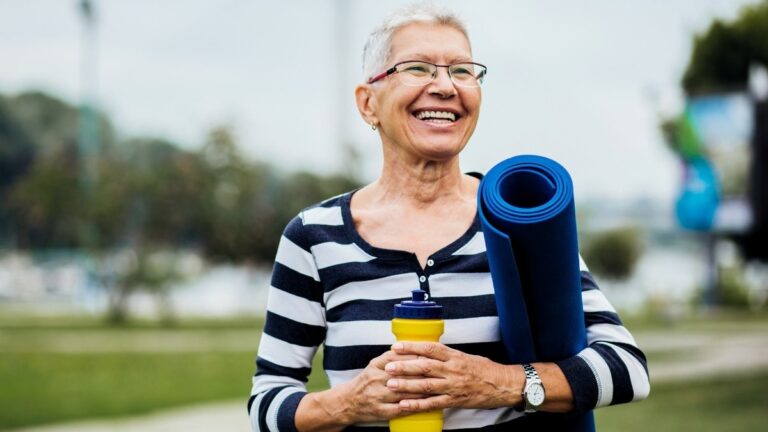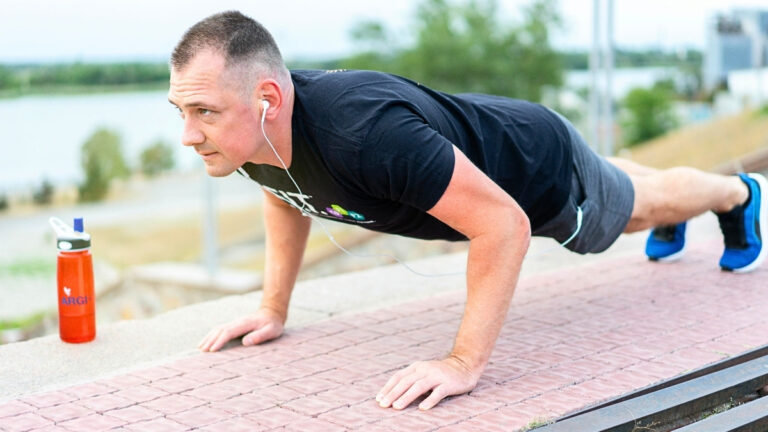Why Japanese Seniors Avoid Gyms — And Yet Stay Shockingly Fit, Mobile, and Ageless
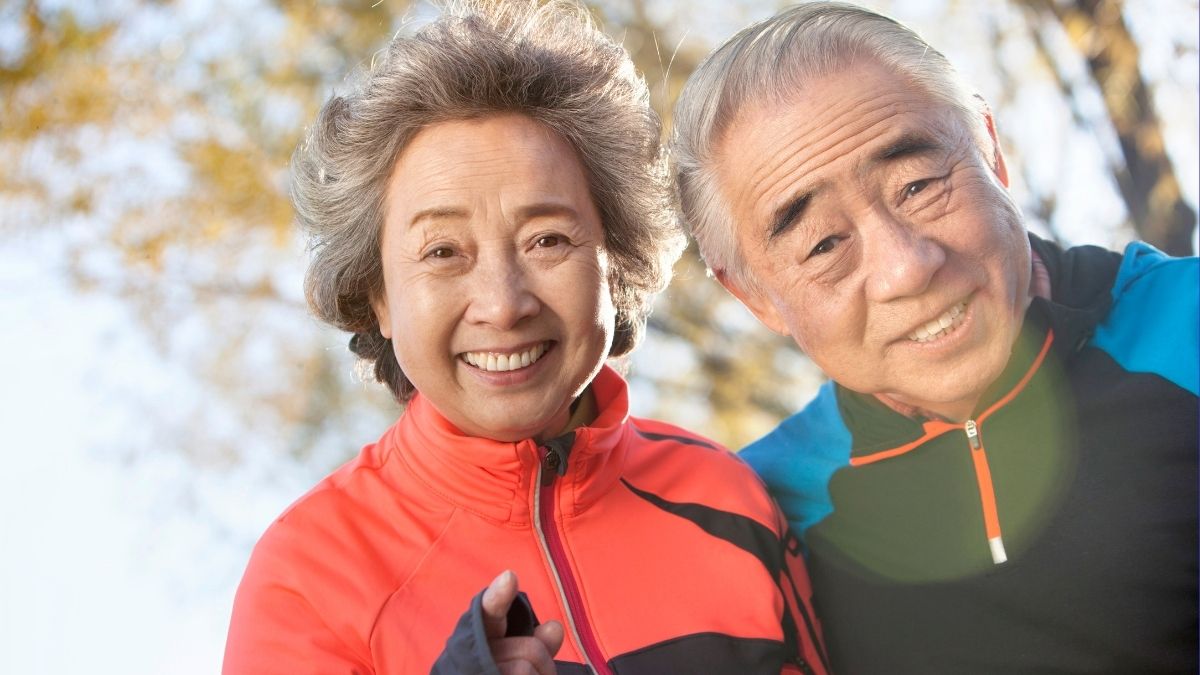
Over 20% of Americans pay for gym memberships. Japan sits at just 5%. Yet Japanese seniors keep their mobility, strength, and health far longer than most Western adults. And here’s why that matters. You’ve been told you must spend money on gyms and follow strict workouts to age well. But what if that’s wrong?
Many older adults in Japan stay strong without gym life. They move through daily tasks. They stick with simple habits. And they repeat small actions that build real fitness over time. You will learn why many Japanese seniors avoid gyms on purpose. You will see the 5-minute routine Okinawan elders practice every day. You will see how normal activities replace long workouts.
You will also get steps you can start today. These ideas can help you build natural movement and active aging.
The Surprising Reality: Japanese Seniors Don’t “Exercise”
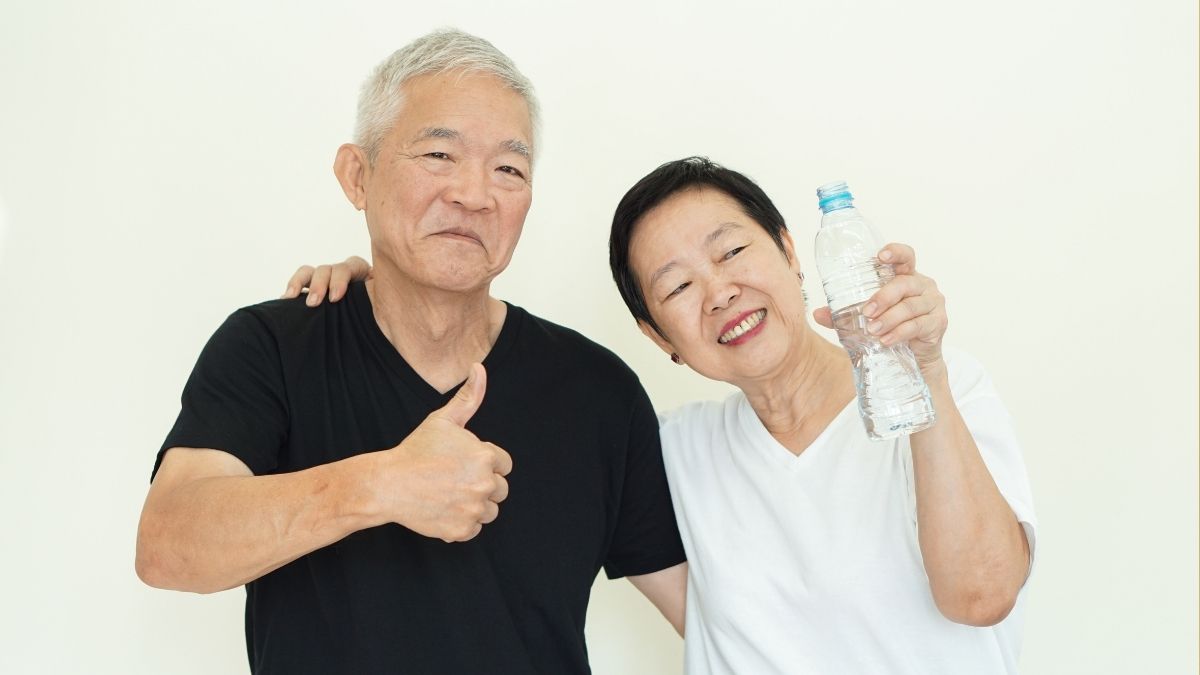
Many older adults in Japan stay healthy even though most don’t follow workout plans. A big survey showed that over half of Japanese adults hardly exercise at all. And walking doesn’t “count” as exercise to many people there, even though it keeps them moving all day. Gyms aren’t common either. Only about 5% of people use them, and the high monthly cost makes them even less appealing.
Instead, daily movement fills the gap. Centenarians in Ikigai said they stay active by adding small motions into normal life. In Japan, going to the gym at lunch can even look extreme. These simple daily movement patterns shape real Japanese exercise habits.
Radio Taiso: The 5-Minute Morning Ritual That Changed Everything
You know what’s worked for almost 100 years? Radio Taiso. Japan launched it in 1928 to fight tuberculosis and build stronger bodies. It’s still going strong today.
Here’s what makes it special. It takes 5 to 7 minutes. You can do it anywhere. No equipment needed.
The movements are simple. Arm circles. Torso twists. Leg lifts. Basic stretches. But they wake up your whole body. They fix your posture and get you ready to move all day.
Nearly every Okinawan centenarian does Radio Taiso daily. Even nursing home residents do it from wheelchairs. That tells you something about how well it works.
Today, 27 million Japanese people do Radio Taiso at least twice a week. That’s 10 times more than total gym memberships. Many do it in parks with their neighbors. It’s free on YouTube, NHK Radio, and TV.
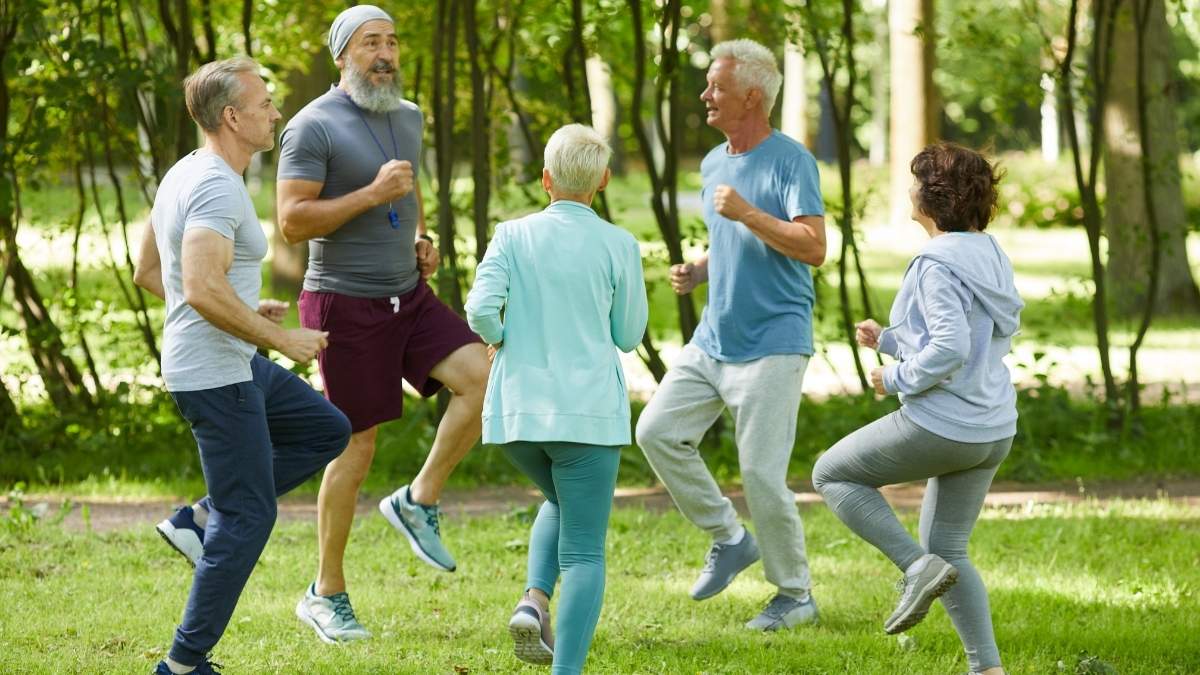
Five minutes. Every morning. That’s it.
And it works.
Japanese Interval Walking: The Science-Backed Secret
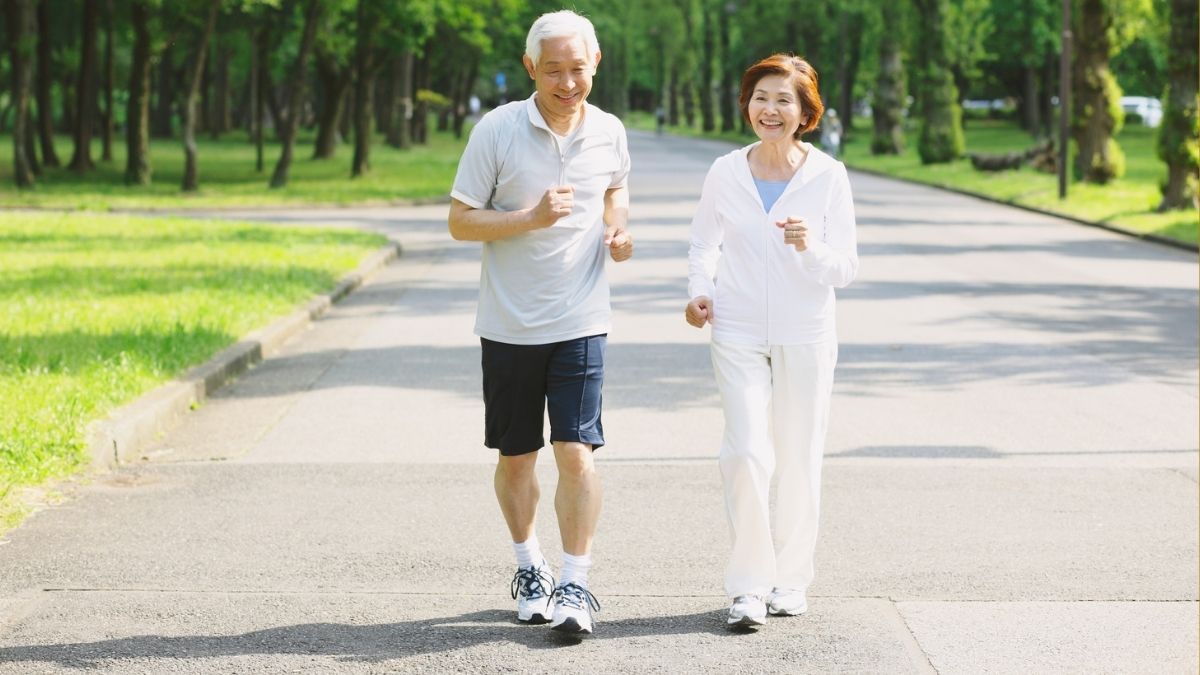
Dr. Hiroshi Nose at Shinshu University created this walking method in the early 2000s. He designed it specifically for aging adults. And it works better than regular walking.
Here’s how it works. Walk fast for three minutes. Then walk at normal pace for three minutes. Repeat this pattern for 20 to 30 minutes. That’s it.
A 2007 study proved its power. Participants got stronger than people who just walked at a steady pace. Their systolic blood pressure dropped 8 to 10 points. And here’s the crazy part: 783 out of 826 people stuck with it. That’s a 95% adherence rate.
Want to try it? Find your max walking speed on a treadmill first. Your fast pace should be 70% of max. Your slow pace should be 40% of max. Do five intervals, four times per week.
Use the talk test during fast intervals. You should only manage a few words. If you can chat easily, go faster.
Studies show that 7,000 to 8,000 steps daily keeps elderly people fit. This method helps you get there.
Built-In Movement: How Japanese Cities Design Fitness Into Daily Life

If you feel like you sit too much, you’re not alone. Many Americans struggle to fit movement into their day. But in Japan, the city design solves that problem for people. Most neighborhoods are walkable, and public transportation is cheap and safe. Because of this, fewer people rely on cars. Japan’s car ownership is far lower than in the U.S., which means more steps for everyone.
Daily life builds in activity without planning. Many train stations don’t have elevators, so stairs become part of the routine. Kids walk or bike to school, and adults walk to shops, restaurants, and work. Simple tasks add 3,000–5,000 steps without thinking about it. Carrying groceries gives a small strength workout. Even station transfers turn into stair-climbing sessions.
This is how walkable cities Japan-style support active transportation. It’s effortless, steady movement that keeps people strong well into old age.
Ikigai: The Purpose That Keeps Them Moving
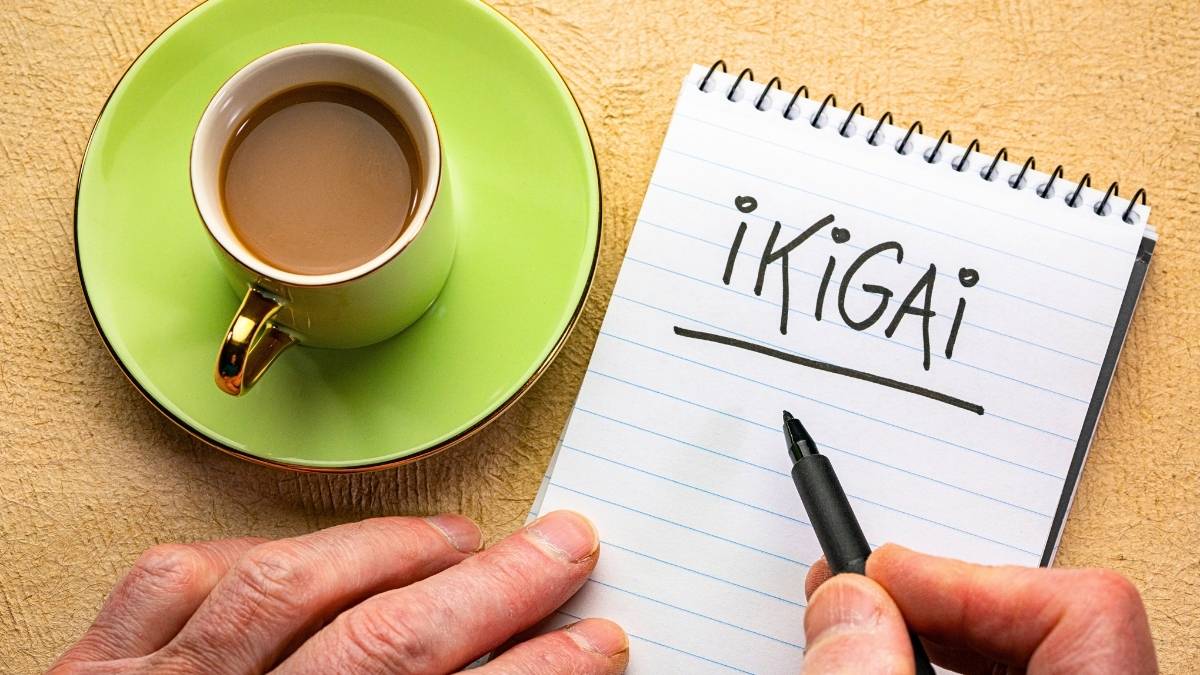
If you worry about losing energy as you age, ikigai may help you think differently. Ikigai means having a reason to get up each morning. It can be small, like taking care of a garden. It can also be bigger, like helping your family or serving your community. When you have purpose, movement becomes part of life instead of a task you force yourself to do.
Many Japanese seniors stay active because they never fully retire. They keep working at things they enjoy, even if it’s only a few hours a week. Others join walking clubs, volunteer, or spend time on hobbies they love. About one-third of older adults enjoy gardening, and many join health groups or sports clubs. These activities keep the body moving and the mind sharp.
Purpose also protects long-term health. Studies link skipping hobbies with higher risks of cognitive decline. That’s one more reason ikigai matters. When you stay connected to people and activities you care about, you stay active without thinking about “exercise.” This is purpose-driven aging at its best.
The Diet Connection: You Can’t Out-Exercise a Bad Diet
If you feel like you keep trying to “work off” your diet, Japan shows a better way. Their rates of heart disease and cancer stay low, and a big part of that comes from how they eat. People there eat less red meat and more plants and fish. This keeps weight lower and reduces strain on the body. And here’s why that matters for you: food choices set the foundation for long-term health.

A simple habit called hara hachibu helps people stop eating before they are stuffed. It means eating until you feel about 80% full. This slows overeating without counting calories.
Many meals also include fish rich in omega-3s, soy foods, and unsweetened green tea. Okinawans add sweet potatoes, seaweed, and fermented foods, which are packed with nutrients that protect cells as you age. A recent study even found that this style of eating is linked to slower biological aging.
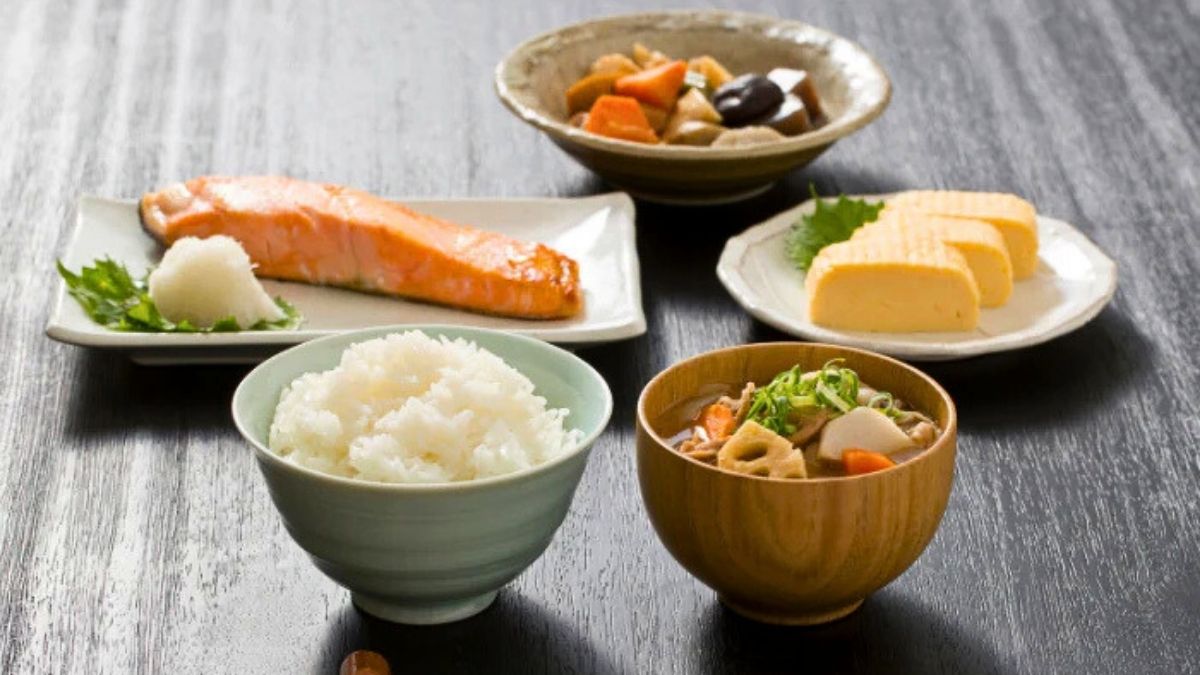
You can start small. Eat fish three to four times a week. Add miso or natto to meals. Choose sweet potatoes for a filling and nutrient-dense option. Drink green tea instead of sweet drinks. And stop eating when you feel satisfied instead of stuffed. These simple steps bring you closer to Japanese diet longevity and support real anti-aging foods.
Social Movement: The Community Exercise Advantage
If you’ve ever quit a workout plan because it felt lonely or boring, you’re not alone. Many people stick with movement when they share it with others. That’s why group activity plays such a big role in Japanese aging.

People say group exercise gives their week structure. It helps them start the day feeling loose and energized. Even light movement feels easier when you’re not doing it by yourself.
Walking clubs, gateball teams, and community centers keep seniors active without pressure. Moving with others during midlife and beyond has been linked to longer, healthier years. It builds routine, boosts mood, and cuts down on isolation. You’re not just exercising. You’re connecting.
You can see this across Japan. Parks fill with Radio Taiso groups in the morning. Neighbors meet for walking clubs. Senior centers host stretching, dance, and simple sports. Even visiting a shrine with friends becomes movement.

This is the heart of social fitness seniors rely on. It makes exercise feel natural, fun, and consistent. And if you want a habit that sticks, this approach works far better than going it alone.
Conclusion:
Japanese seniors aren’t skipping gyms because they’re lazy. They’ve learned that daily movement works better than long workouts. Walking speed and balance improved for older adults in Japan over twenty years, which shows this simple approach works.
You can do the same. Add short walks. Try 5 minutes of Radio Taiso. Make one small food change.
Small steps build sustainable fitness aging.



